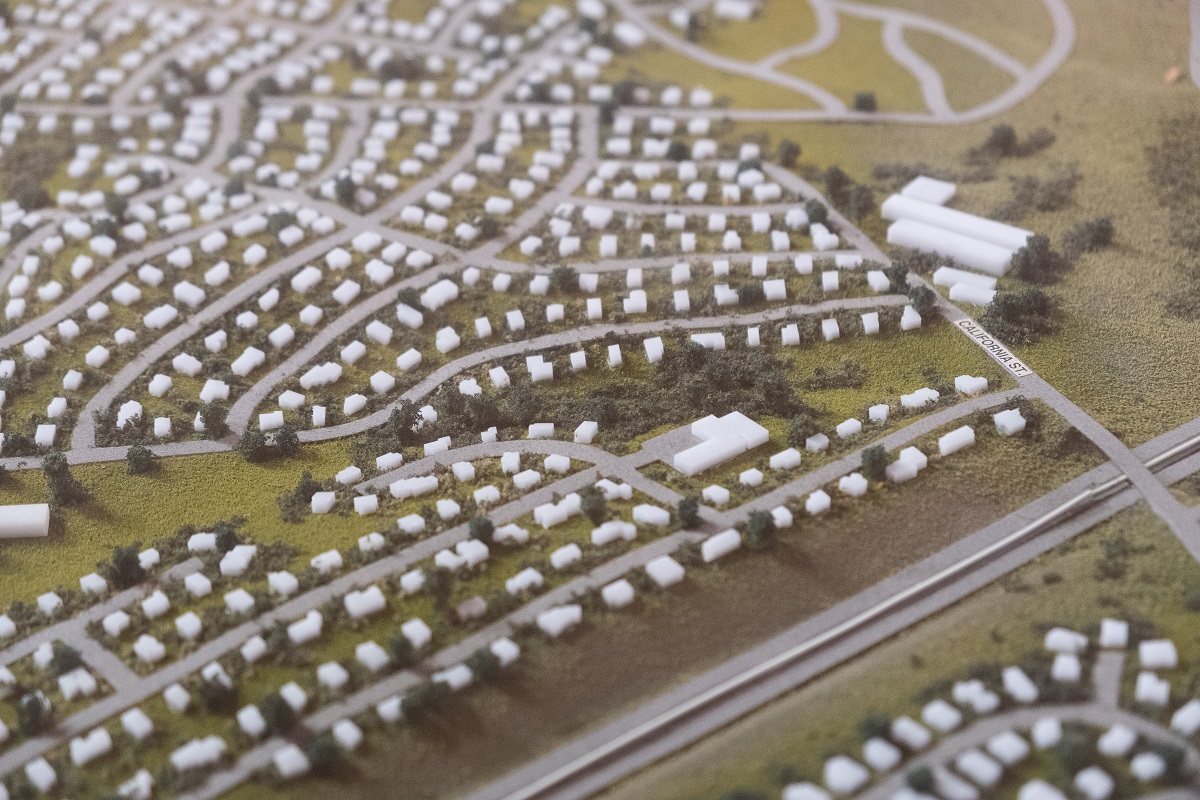
As the housing development sector has become more challenging over the years, the biggest trials investors face are land development issues – including identifying the right plots of land on which to build and securing the appropriate permission.
As we touched upon recently, updates to the draft National Planning Policy Framework (NPPF) should provide developers with more opportunity and freedom in developing existing brownfield sites, but there is little mention within the framework of openings for development on alternative plots. We examine the current opportunities for housing development in the UK right now.
Brownfield land for development
Following a recent analysis by the Campaign to Protect Rural England (CRPE), it was identified that enough space on brownfield land exists to build at least one million new homes, with the majority of plots already in areas that are in need of housing and have additional registers to be announced. Moreover, the draft NPPF encourages developers to identify opportunities to re-use as much brownfield and underutilised land as possible. These plots are ideal for meeting the requirement to contribute to the improvement of urban spaces and, in many cases, provide opportunities for large scale development, which local planning authorities (LPAs) are being urged to consider more leniently than in previous years.
There are risks associated with some brownfield land that stem from its previous use, as developers need to ensure there is no risk of contamination and other environmental health issues, ensuring thorough surveying and, in case of contamination, remediation is carried out. However, despite many identified sites across the UK lacking planning permission, LPAs should consider development proposals more leniently going forward.
Greenfield land for development
A Times report unearthed that the rate of development on greenfield land between 2013-16 was five times higher than they were between 2006-11. As such, local authorities are now much warier in releasing land and granting permission. Nevertheless, it’s not to say that there is no greenfield land available, and plots for small-scale development with planning permission are still common.
Moreover, it is still possible for greenfield land to be developed in a way which enhances its status in a way that did not exist previously, and some of these plots currently exist without purpose. A key difference between the two types of land is appropriate scale for development, but it should not be concluded that development of greenfield land is a blight on the natural landscape.
Despite the relief in pressure on councils to release greenfield land following the brownfield register, it has been highlighted by many experts that we cannot rely solely on brownfield land to solve housing issues across the UK as the plan to prioritise brownfield development to provide homes over the next few years, in order to meet the Government’s target, will not be sustainable for long-term growth and development.
Green Belt land policy
Whilst the NPPF has reinforced a commitment to the protection of Green Belt land, it highlights the exceptions that allow for local authorities to respond more flexibly to local need and create developmental opportunities. For instance, whilst the Green Belt is a protected area, brownfield land exists within this that can be utilised for Starter Homes in a bid to increase the availability of affordable homes.
Where sustainable development is possible, or normal planning and development policies would not be adequate, these must be detailed in any proposals affecting the Green Belt. Notably, the framework lists limited affordable housing and infilling or redevelopment of previously developed land as appropriate reasons for the construction of new buildings within the Green Belt. Thus, where prospects are identified to meet local housing need or transform previously developed land into a more impactful plot, opportunities for Green Belt development are still possible.
Sustaining a long-term plan for growth
Ultimately, and following the lessons learned with the growing rate of greenfield development, it would seem that a sustainable long-term plan will only be achievable going forward when a balance of land types can be considered together for the benefit of local need, as opposed to periods focusing solely on one resource.
The 11th Annual Viability and Planning conference is coming up on Thursday 27 September, with local authorities and developers from across the UK expected to attend. Book your place now to avoid disappointment or see our other upcoming events.